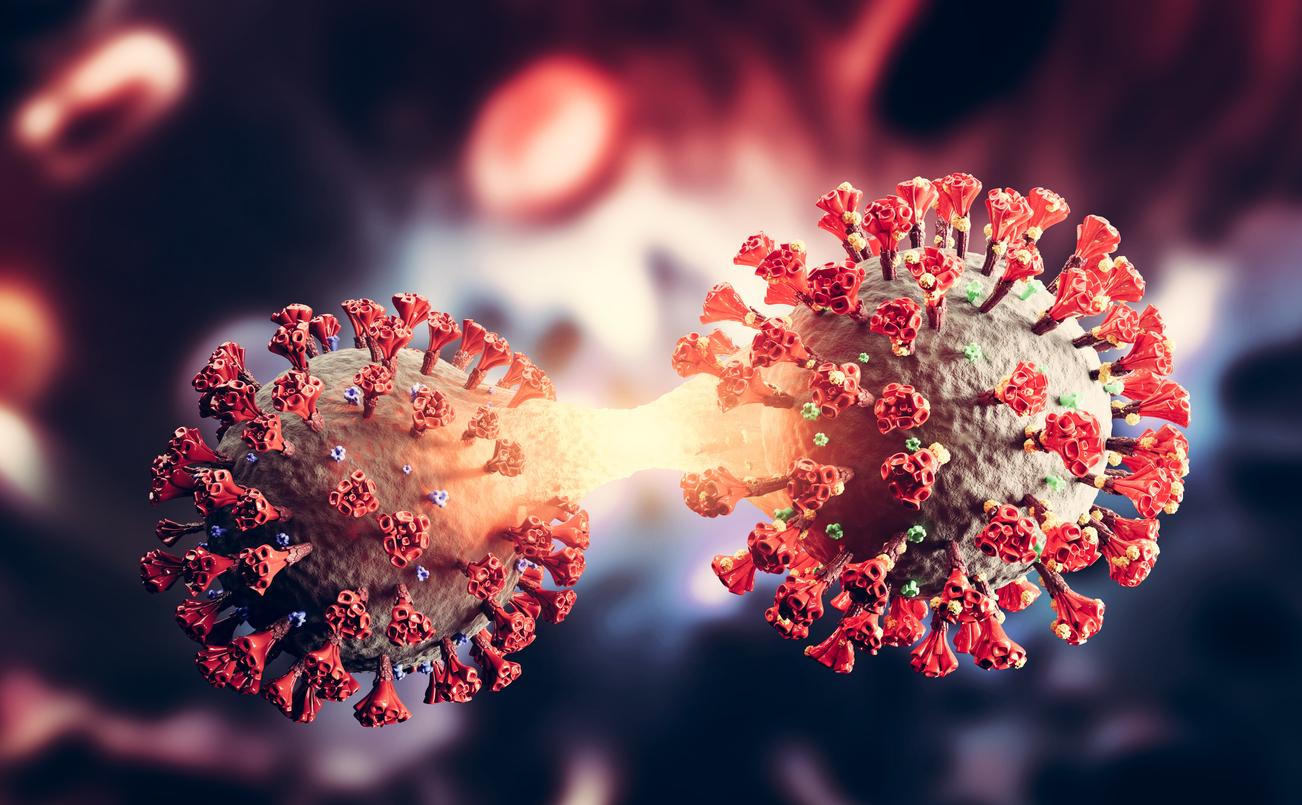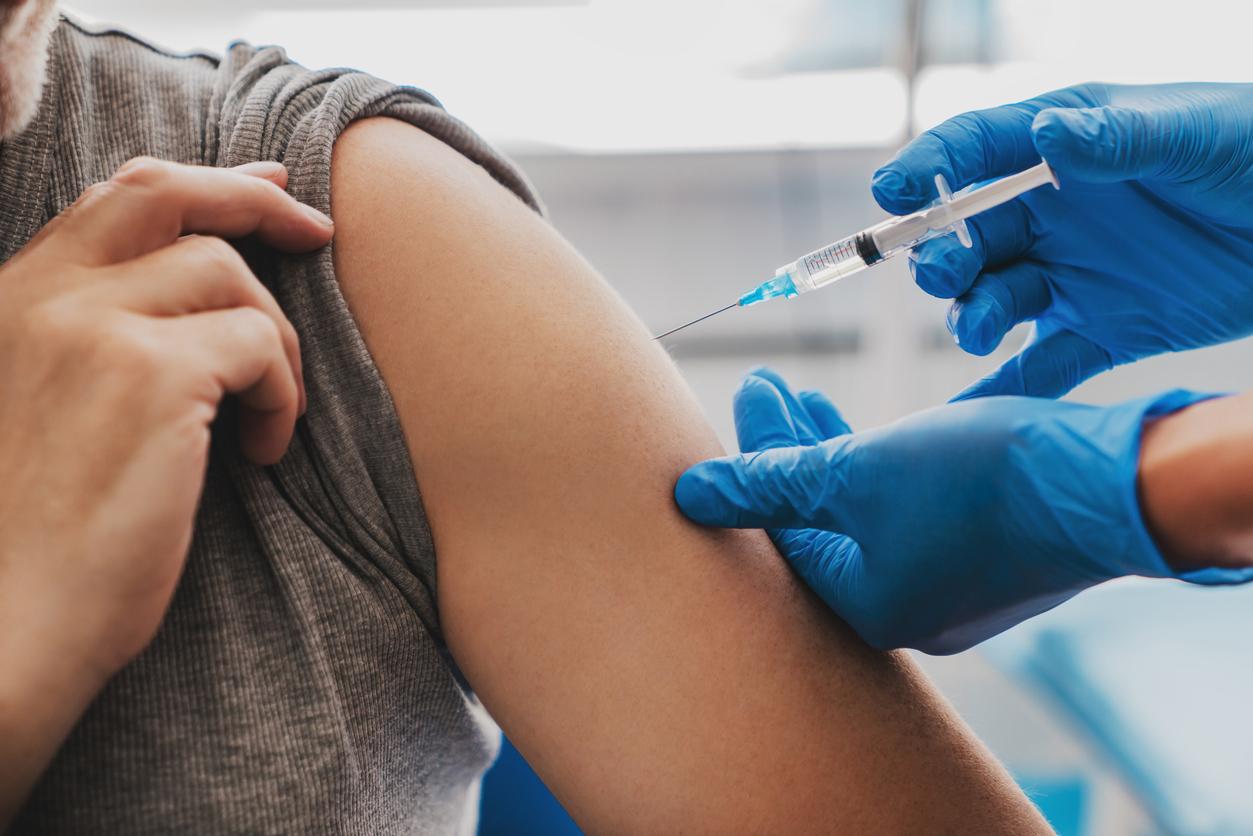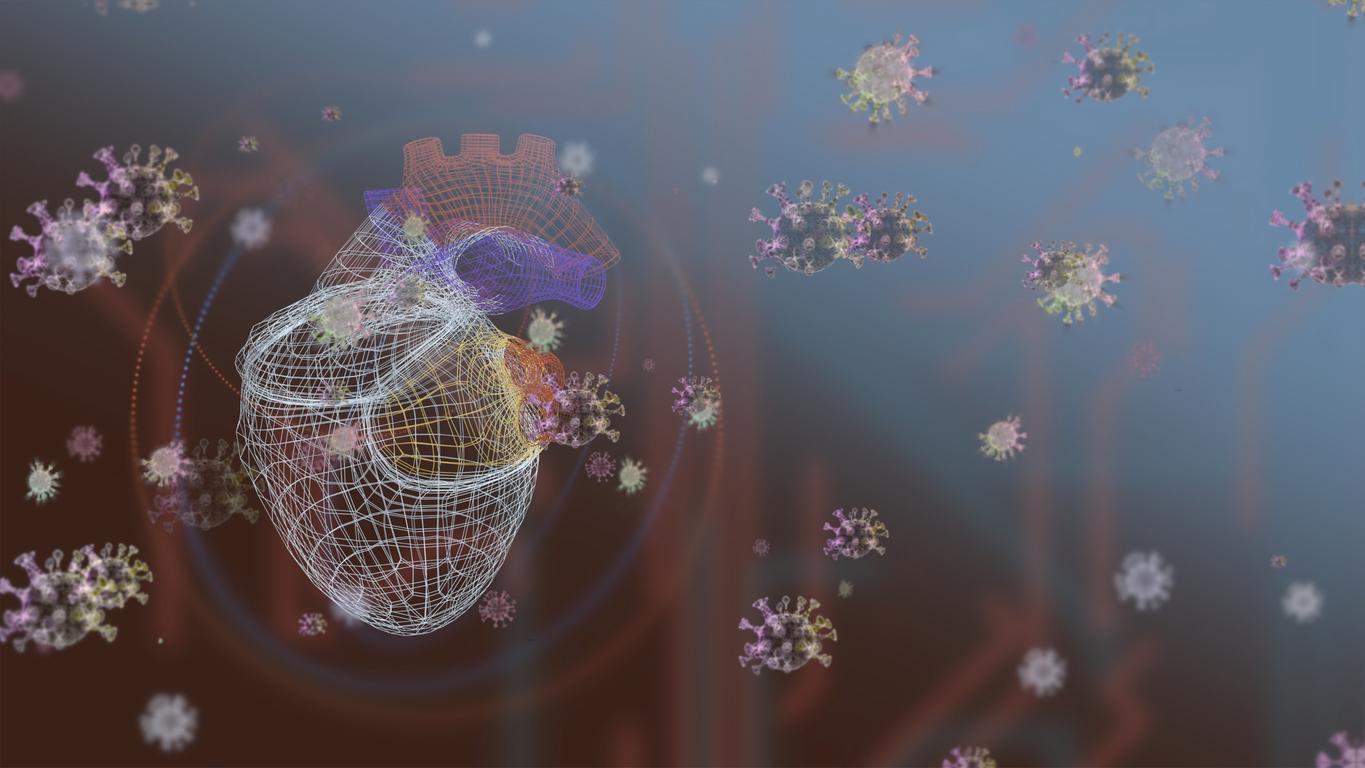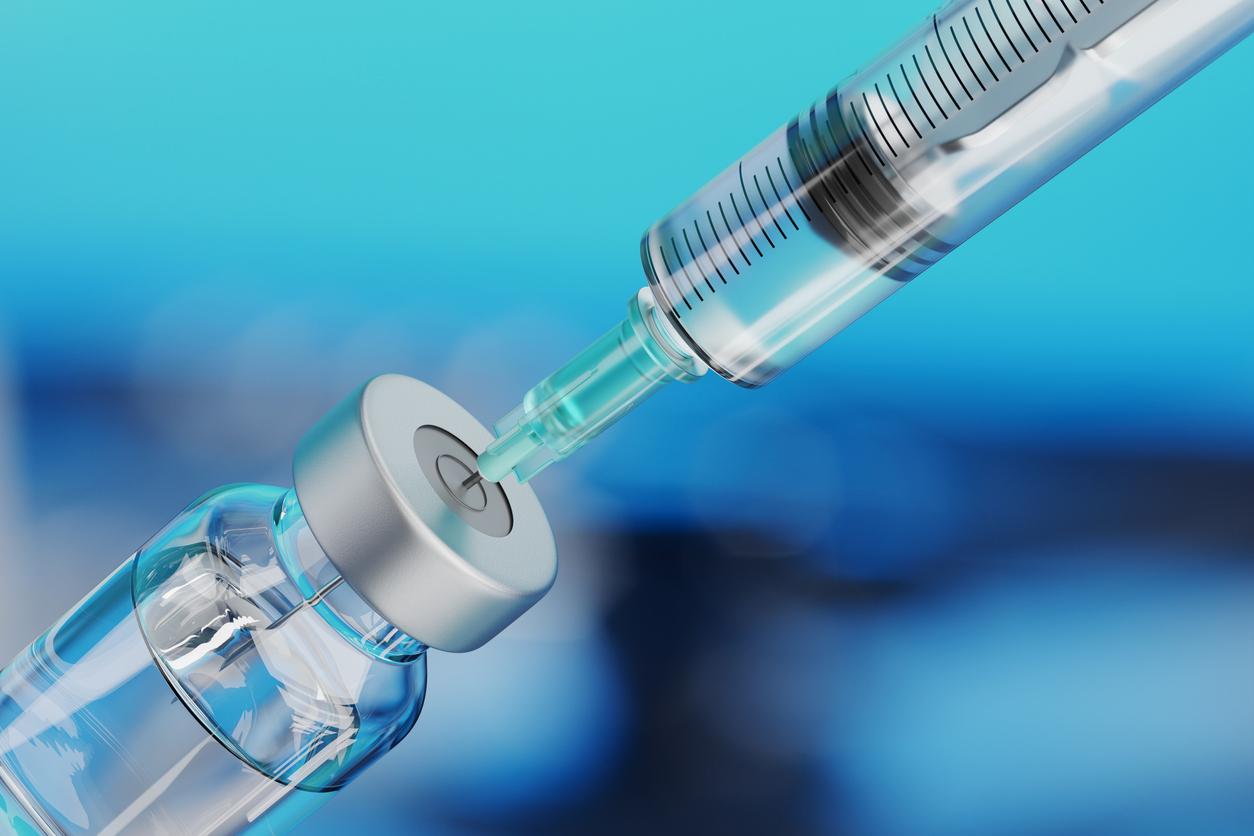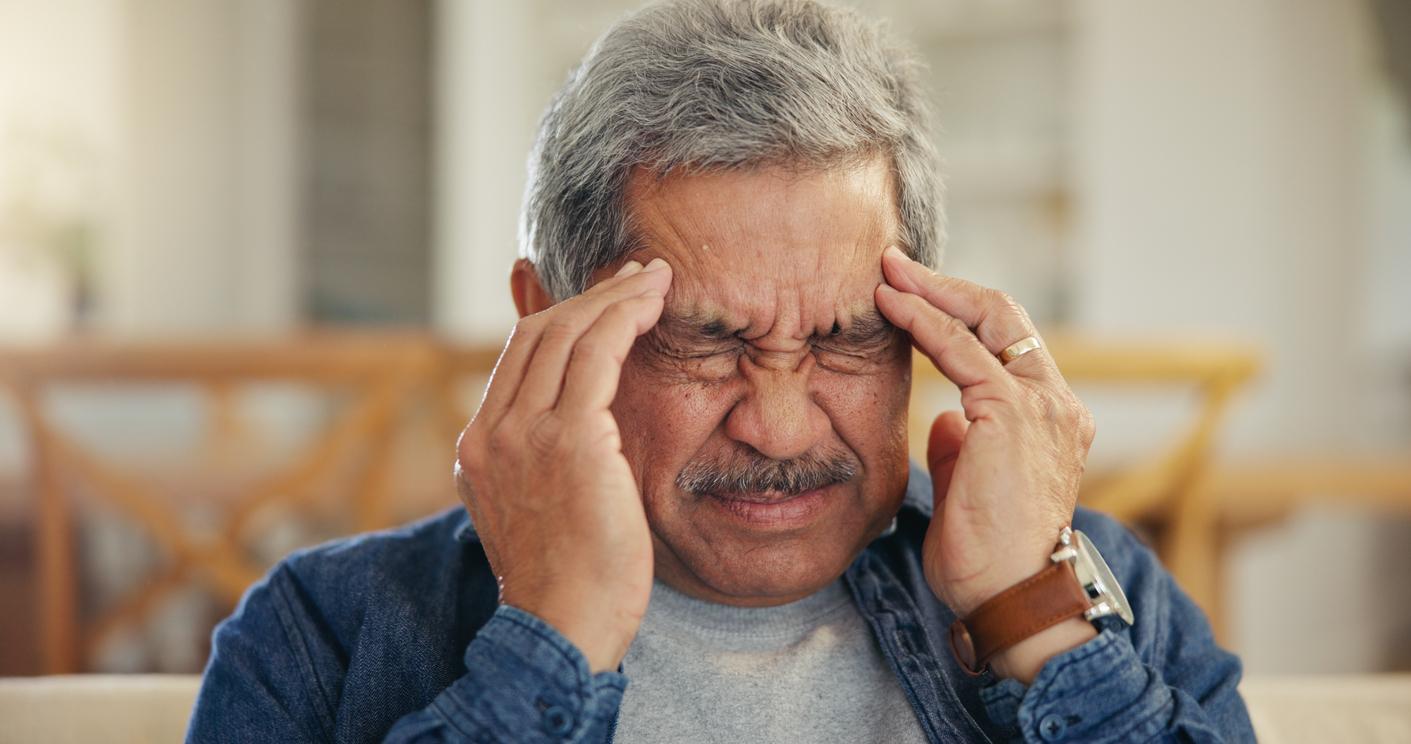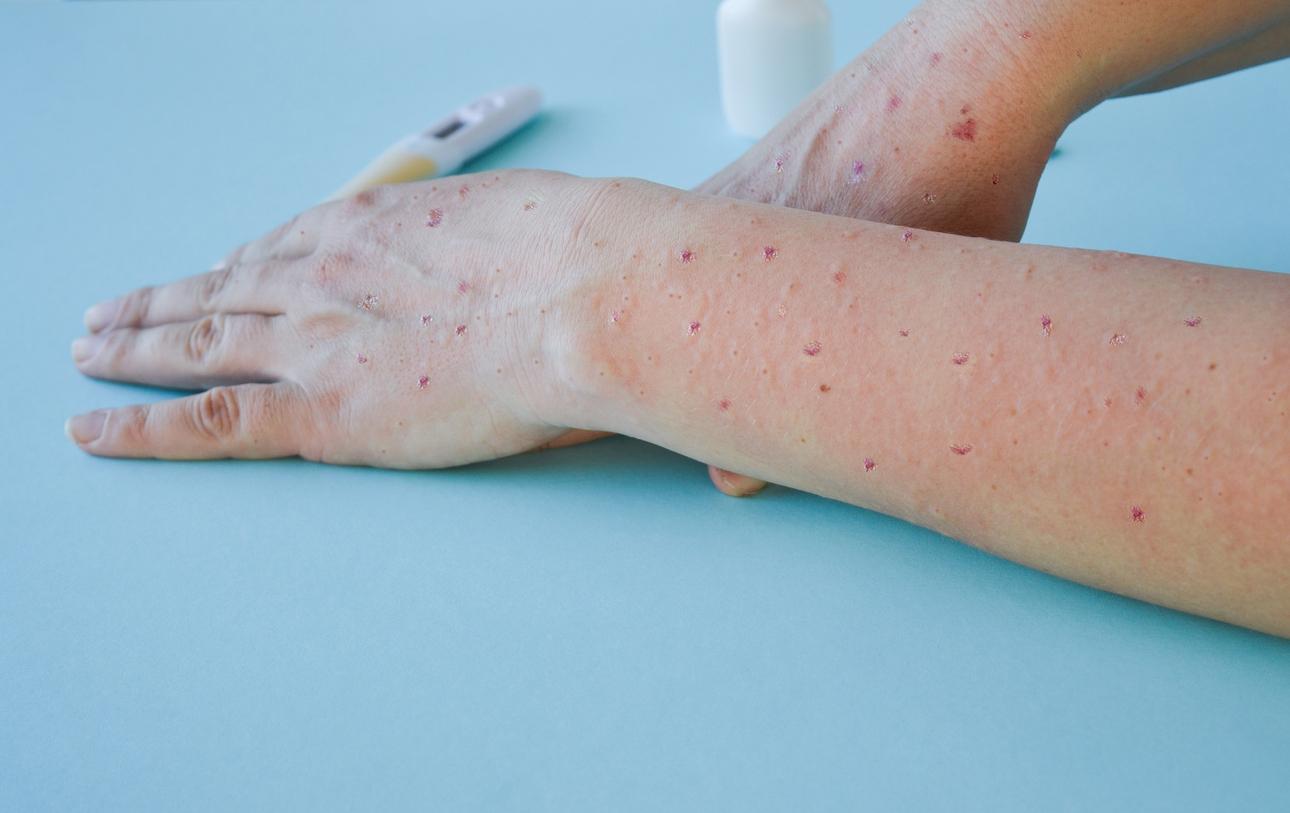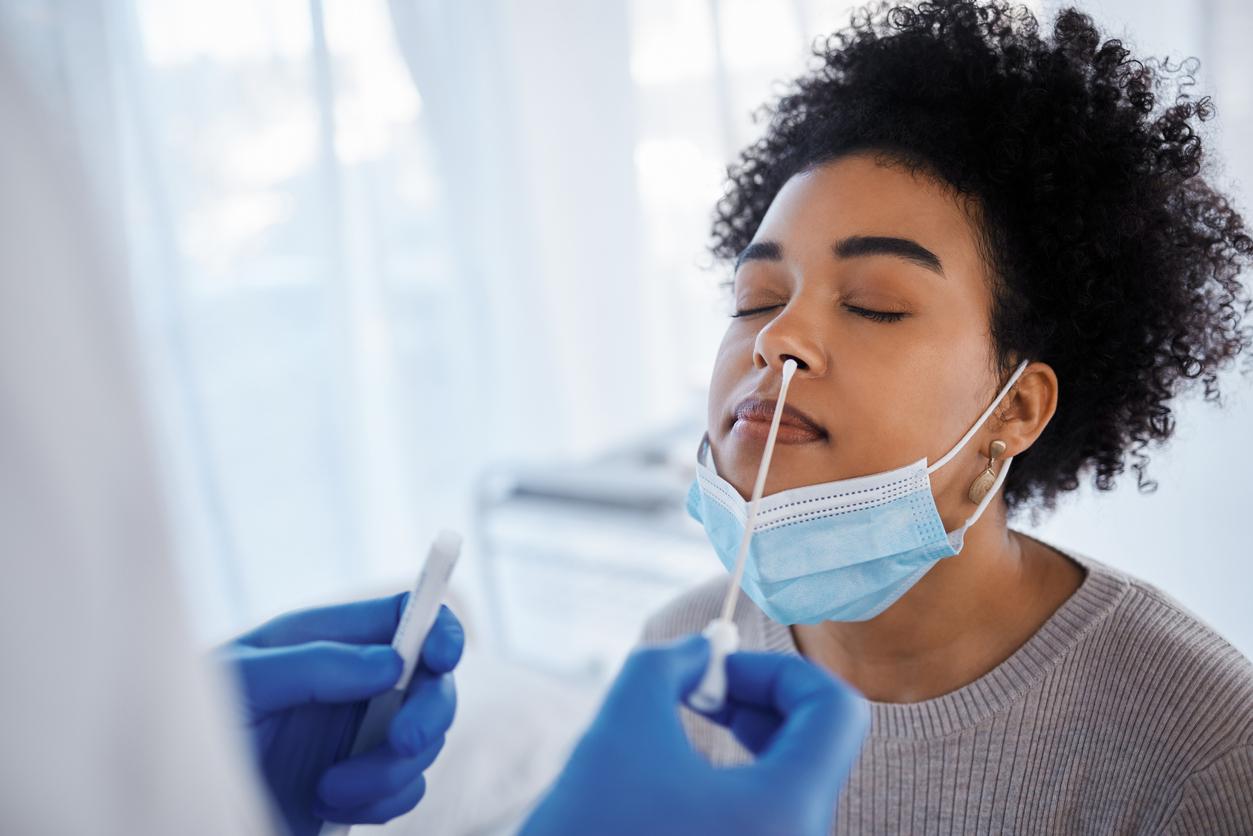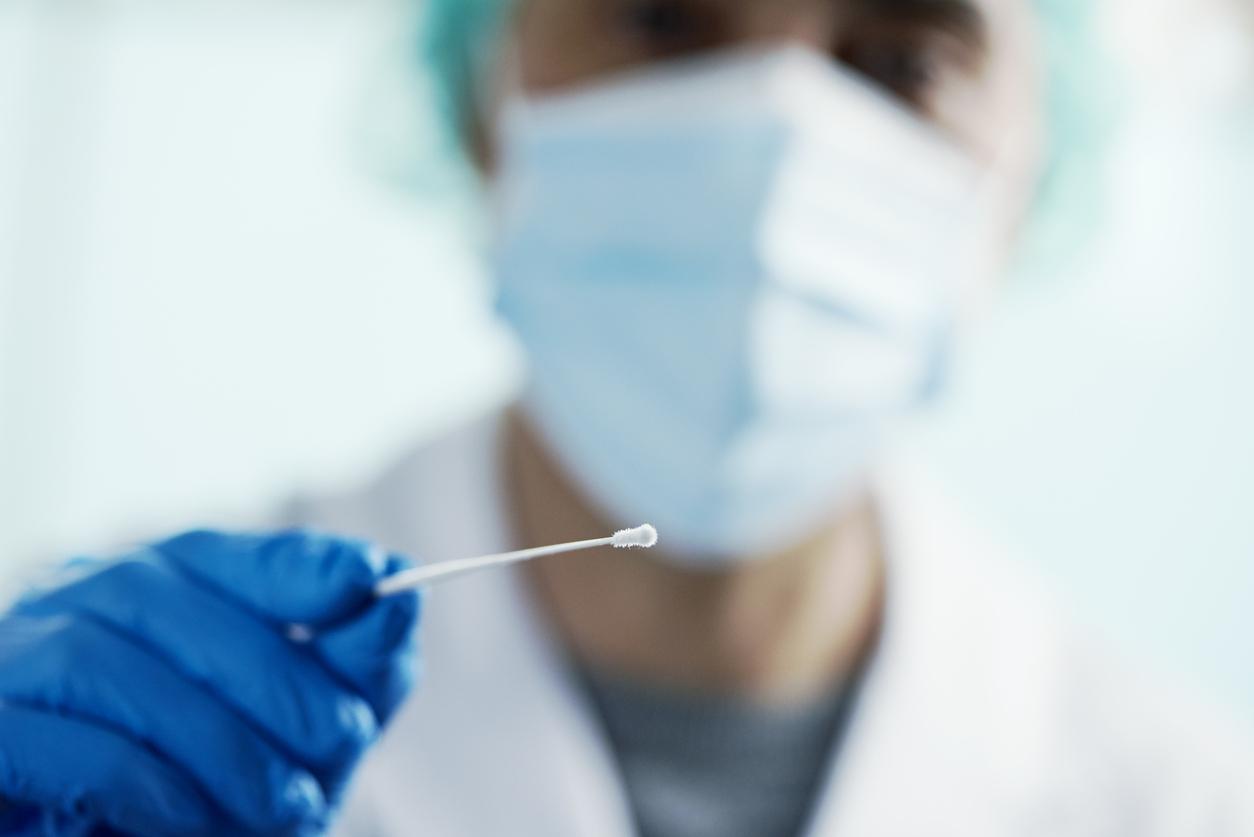The High Authority for Health has given the green light for the use of self-tests for people without symptoms over the age of 15.

- From this week, they should be available in pharmacies and supermarkets.
- This test is, for the moment, recommended by the HAS only for the private sphere.
A new tool completes the screening arsenal. The use of self-tests was validated on Tuesday by the High Authority of Health (HAS). From this week, they should be available in pharmacies and supermarkets. “Self-tests are already available in Germany, Austria, the Netherlands and for a few days in England”, indicated Dr Mathieu Carbonneil of the HAS.
Reserved for the private sphere
The objective of this new test is to further increase screening capacities to limit the spread of the virus. “Anything that can encourage the French to test themselves is important”, declared the president of the HAS Dominique Le Guludec in a press conference this Tuesday to justify the use of these new tests. In Germany, where they have been available for several weeks already, stock shortages were quickly recorded, proof of the success with the public of these tests which give a result in “20 to 30 minutes”, specified Dominique Le Guludec.
This test is, for the moment, recommended by the HAS only for the private sphere, before a family reunion for example. They are also reserved for people over 15 years old. “We can trust the French” so that they use this additional tool wisely, wants to believe Dominique Le Guludec. At a press conference, she insisted on the fact that these tests should not prevent her from continuing to respect the rules of social distancing and barrier gestures. If the self-test proves positive, an RT-PCR test must be carried out in order to detect a possible variant and register in the contact tracing system.
Sufficient efficiency
Self-tests are less effective than PCR and antigen but have shown initial encouraging results which, according to HAS, justify their deployment. They meet the criteria with a sensitivity of 80% in symptomatic people, 50% in asymptomatic people and a “specificity” – proportion of patients without disease having a negative test – of 99% in symptomatic people. The complete analysis of the performance of these nasal tests is still in progress and should take place at the end of the month, following which the HAS could extend their use to 10-15 year olds.
Self-tests are less invasive than nasopharyngeal tests such as PCR and antigen tests. Instead of pushing the swab into the nasal cavities to the back of the throat, it will suffice to introduce it 3 or 4 centimeters deep into the nasal turbinate. Then the cotton swab will need to be placed in a special solution, allowing the presence of antigens to be detected in less than half an hour. According to the existing models, the results are obtained either thanks to a strip on which the reagent is deposited, or via an application. These tests will be antigenic, that is to say capable of identifying the antigens produced by the immune system against the virus, while the PCR test directly detects the presence of SARS-CoV-2.

.










